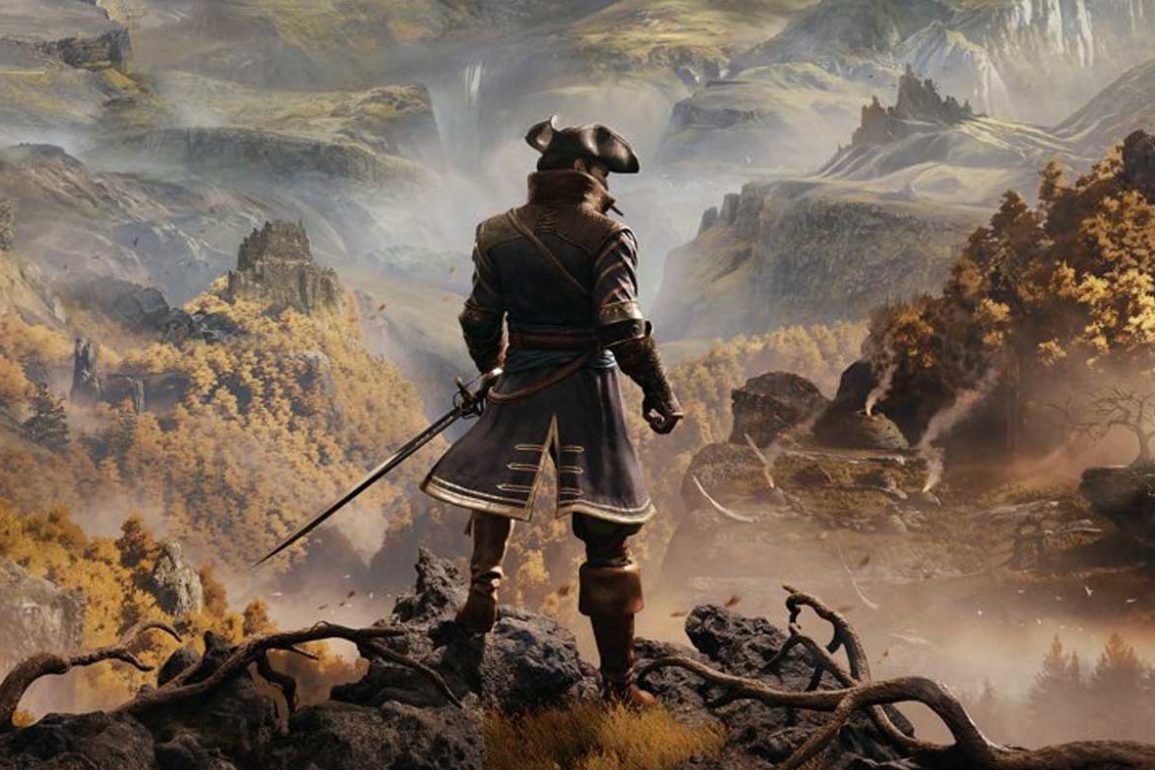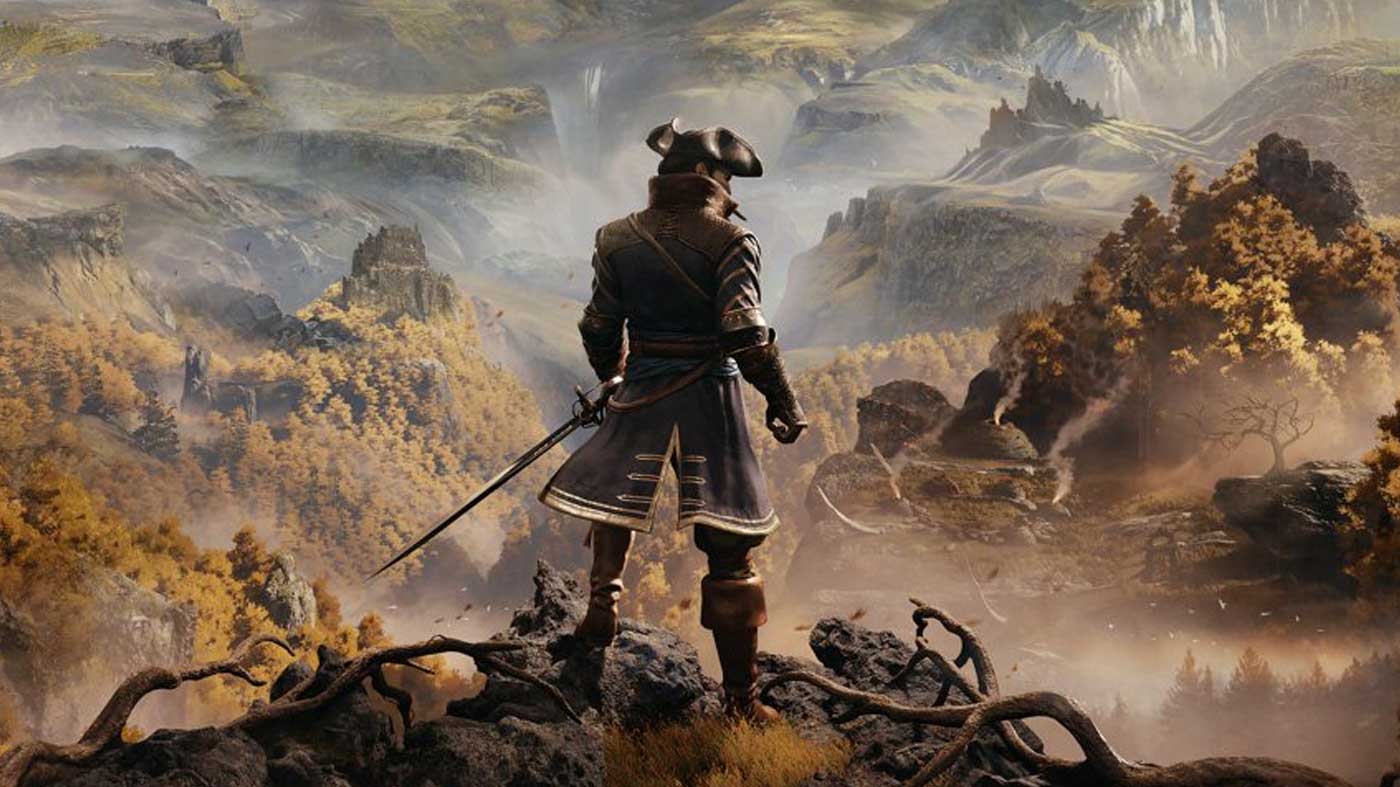There haven’t been a lot of games like Greedfall coming out of late. Not to say that there haven’t been any, but none that have made a big splash. While it’s hardly GOTY material, Greedfall scratches the single-player RPG itch that I’ve had for a while now. Story-driven and mostly well written, it’s the kind of adventure you can sink your teeth into for dozens of hours in just one playthrough. It has its faults, some of them concerning matters of racial sensitivity, but it’s still a strong presentation overall from French studio Spiders.
The story of Greedfall centres around a reimagining of 17th century Europe, and the discovery of “the New World.” What follows is the inevitable colonisation by different factions, regardless of who might already be living there, and the struggles inherent in such a venture. Unlike other tales that follow along these lines, there are no real “good” or “bad” guys for the player to immediately gravitate toward. Everyone’s a bit awful for their own reasons, and it’s entirely down to player perspective as to just how repugnant each faction can be. All of this is experienced via the persona of De Sardet, no first name given as you can be either a man or a woman, and is likely to be the one decent soul on the entire island. Choices will be made and, as the story unfolds, you may end up disliking those choices based on what’s revealed. Everything is sticky in that way, and this is where Greedfall really shines.
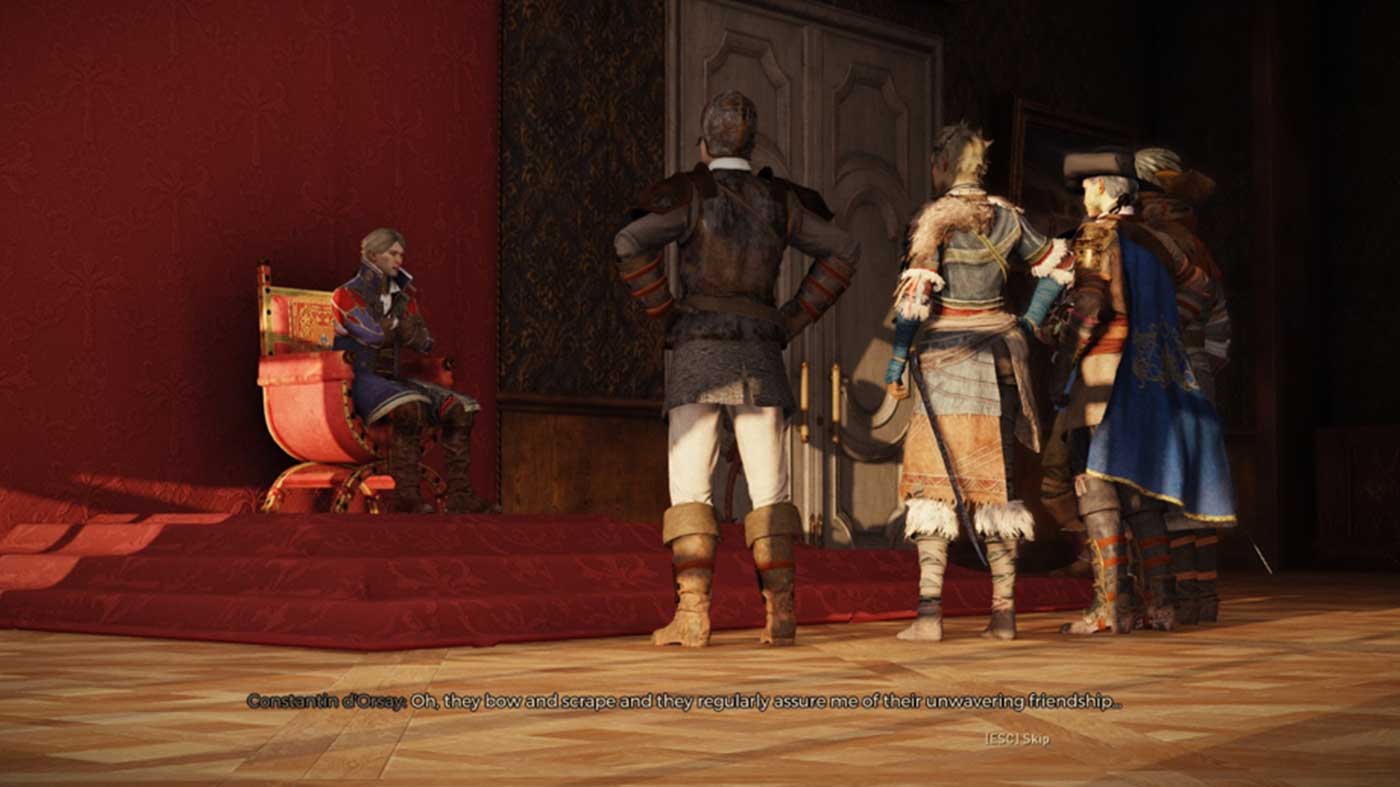
Better still, the side quests (of which there are many to bulk out the playtime) are just as well written and intriguing as the main story. In fact, to get the most out of the main story, I’d recommend that you invest the time into these side plots. More often than not, they’re skillfully folded back into the significant events of the plot and hold influence over how everything works out. The game stumbles in places when it comes to the actual dialogue and how your character and their entourage pieces things together. You’ll see some story developments coming from a mile away, for example, and your character also has a frequent habit of completely overlooking important information that’s right under their nose. It’s astounding how many times the player character will be astounded. However, for the most part, it’s enjoyable enough that one can overlook these foibles.
If there is a fault to be found in all this, it’s the way the game deals with racial diversity. The skin palette for the player character, for instance, is decidedly pale, despite there being NPCs of all shades and stations of life walking around the place. At first, it seems like there’s a story reason for this and you can try and get past it, but that’s quickly dashed the further into the game you go. There are also points where the “natives,” as they’re often referred to, are very clearly white but the tribal paint they use is reminiscent of someone wearing blackface. The game skirts a very thin line between trying to appeal to modern sensibilities and present something that’s at least partially accurate to what it’s attempting to approximate. The result will come off as incredibly awkward at best, or highly offensive at worst, depending on your personal views. I doubt that the studio set out for it to come across this way; however, the fact still remains that there are a lot of pale-skinned “natives” with blackface and South African accents running around in-game. You’ll have to be the judge of this for yourself.
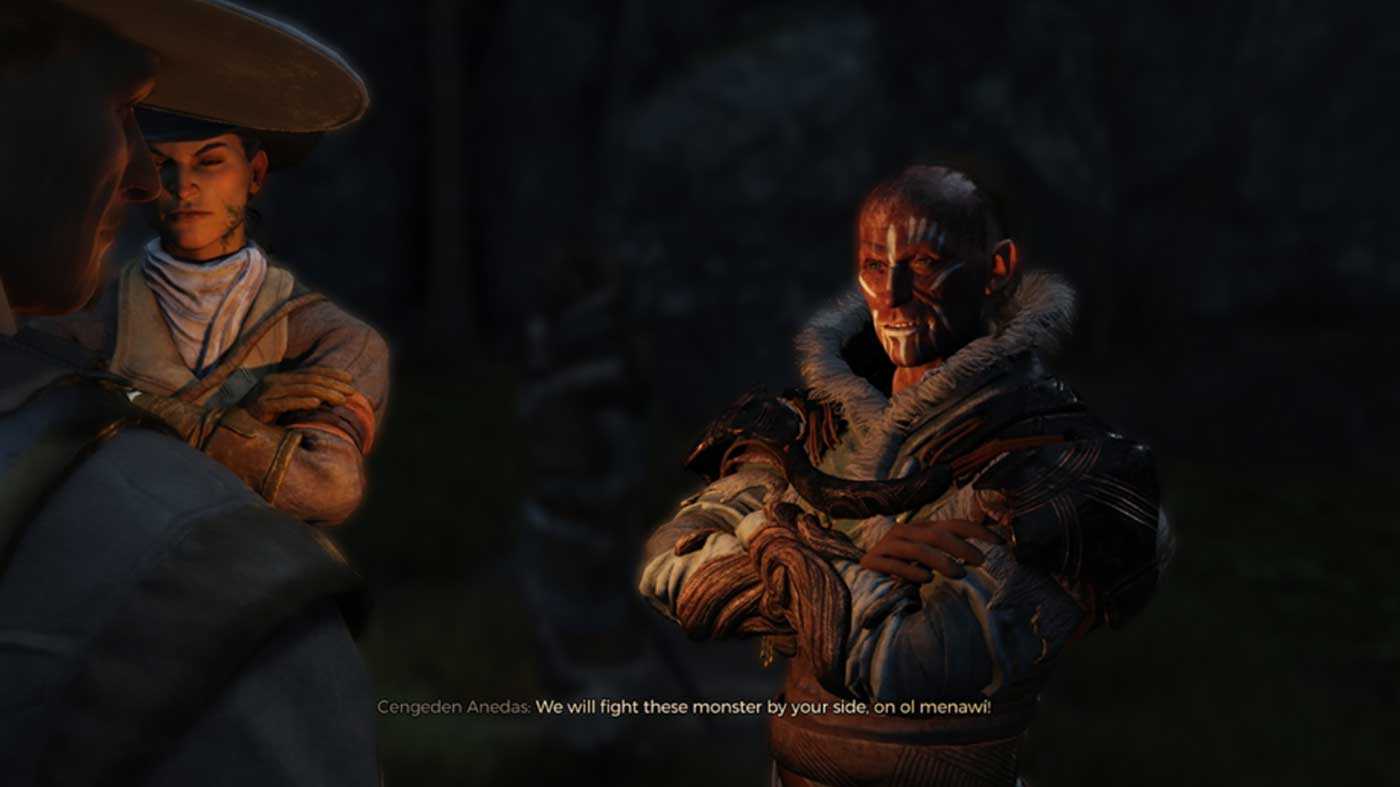
In terms of RPG design, Greedfall has a solid enough system that serves its purpose well, but could have gone a lot deeper. Stats and skills are simple and straightforward, separated into broad categories that cover a lot of areas and make for distinct playstyles, which is excellent for player understanding. However, it doesn’t leave a lot of room for tweaking or specialisation of your character. Spreading your points around near the beginning, even a little, will make you rather ineffectual at almost everything. You can’t make a great spell sword character, for instance, until you’re already quite a high level, at which point you’ll be able to stomp almost anything you come across regardless of how you choose to do it.
The combat is relatively simple, with increased difficulty coming from enemies becoming larger sacks of hit points over time, instead of real changes to strategy. Players will generally rely on timed blocks, parries, or heavy weaponry to whittle down whatever armour is present, if any, before using your beat-stick of choice to whack the remaining life from the target. Magic is an option, of course, but is less engaging than what melee offers in terms of actual gameplay. All this isn’t strictly a bad thing; what is present is serviceable, even if it isn’t particularly deep. At least in my view, if you’re coming to this game for the combat alone, then you’ve come to the wrong game. Getting into a fight is an inevitability at times, certainly, but it’s far from ever being your sole option, and the experience overall is much more rewarding when you find ways of avoiding combat.
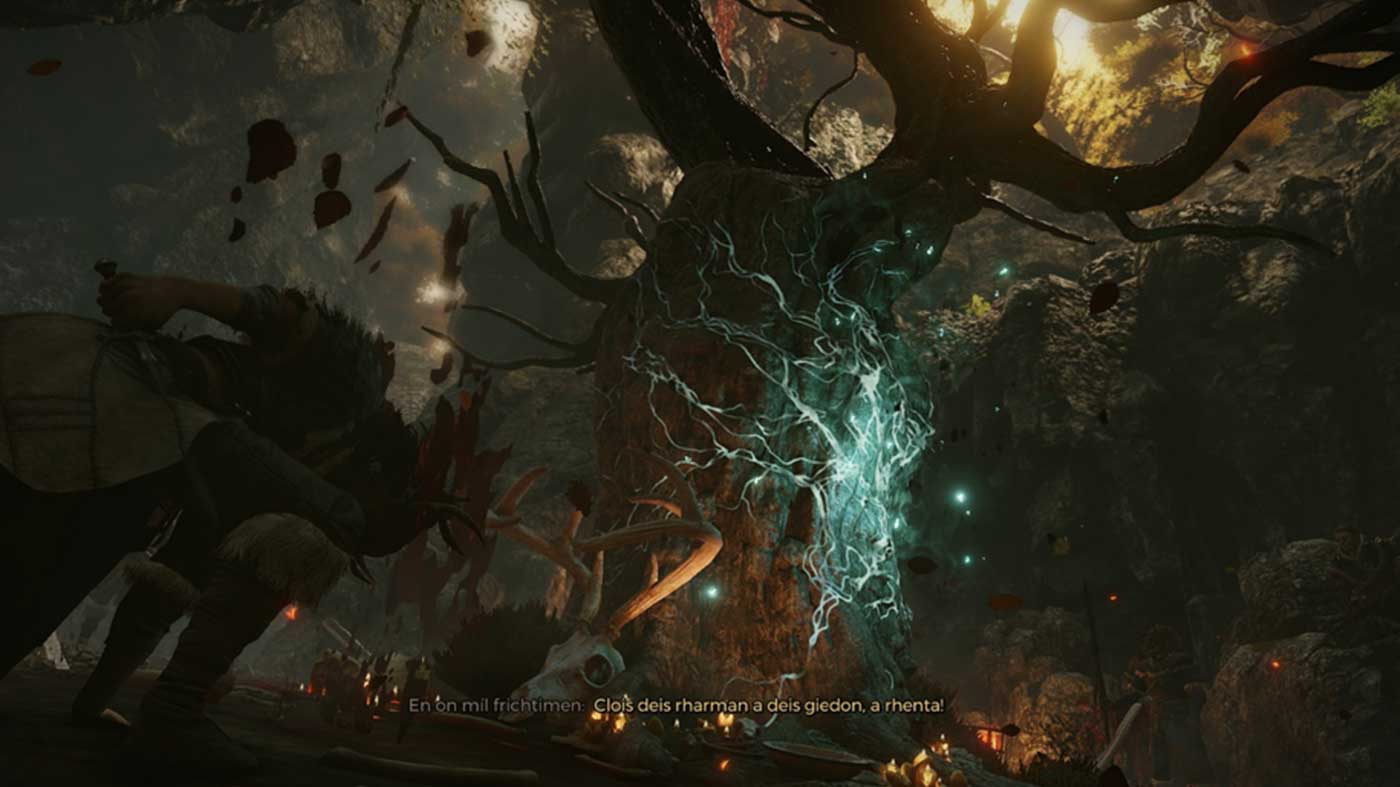
The semi-open world design is kind of neat, with the world being broken up into smaller, separated “chunks,” that are dotted around a “ye olde” style map. For the size of these areas though, it would have been nice if there’d been horses, camels, or some other mode of mounted transport to use. You’ll be running for ages, and while the actual size of these areas seem much bigger on the map than what it is when you’re running around, it’s still tiresome to have to go everywhere on foot. It also feels like these spaces could have just had more to do in them; there are a few side activities around the place but not enough to justify how big they are. It feels like space was just added for the sake of creating a sense of scale, which looks nice for the first few minutes until you have to backtrack through a bunch of times.
The game can be rough in places, with a lot of technical problems across the board. Despite playing a female, for instance, my version of De Sardet was frequently referred to as “he” by other characters. Forward motion is commonly blocked by small rocks or invisible walls. The enemy AI will sometimes just zonk out and allow you to wail on them repeatedly, while NPCs will walk in and out of conversations throughout. Cutscenes and scripted events don’t always trigger correctly, either. This is all stuff that likely could be fixed with post-release patching, but it’s clear that a bit more polish could have gone into things before release.
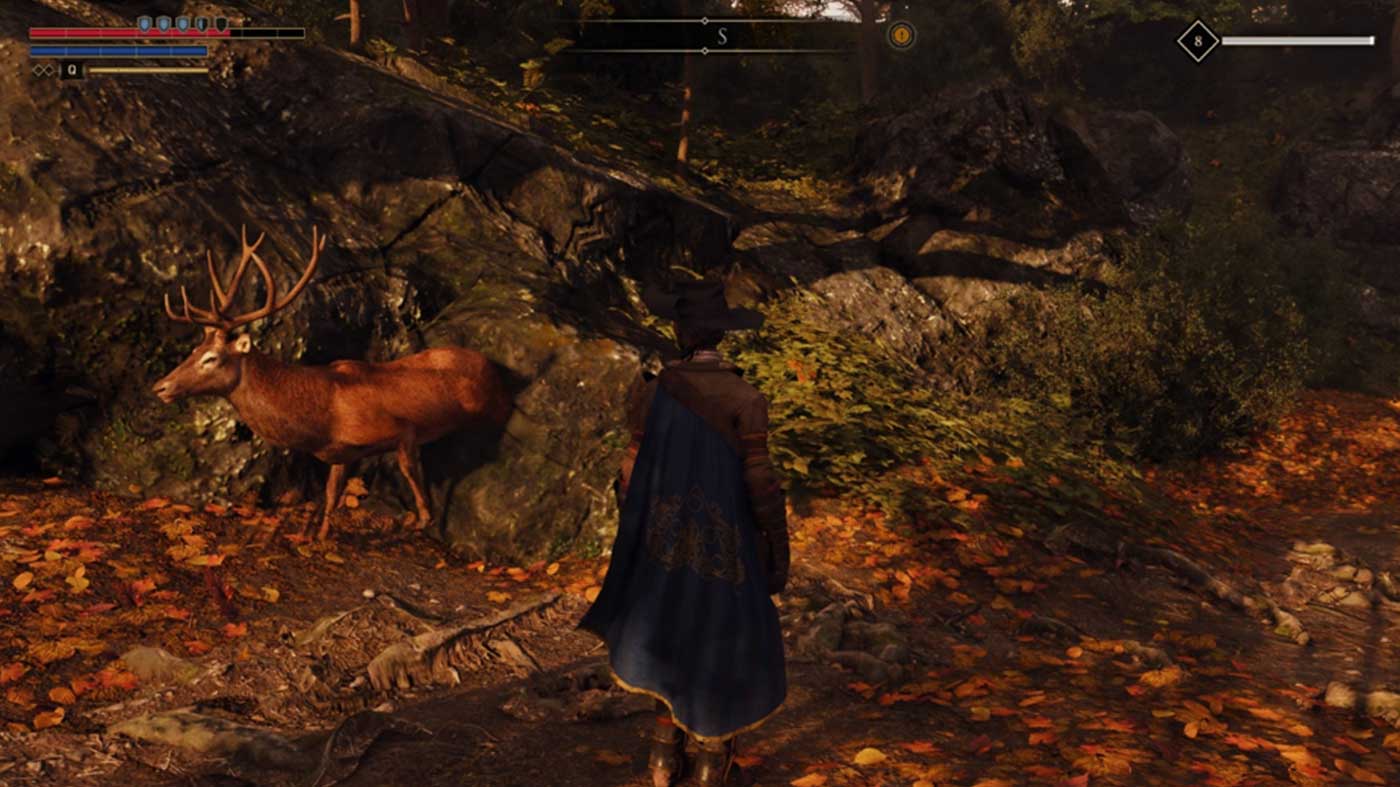
Something that should be mentioned is that, while they show up less frequently than I’d like, the monster designs in this game are fantastic. Your common beasties start off with the “let’s mash two different kinds of animal together to make a new thing” approach, and things only get weirder from there. It’s difficult to describe what comes later without spoiling the narrative, but the monster designs that are meant to be closer to magical forces of nature look awesome and are some of the best fights in the game that you’ll have.

